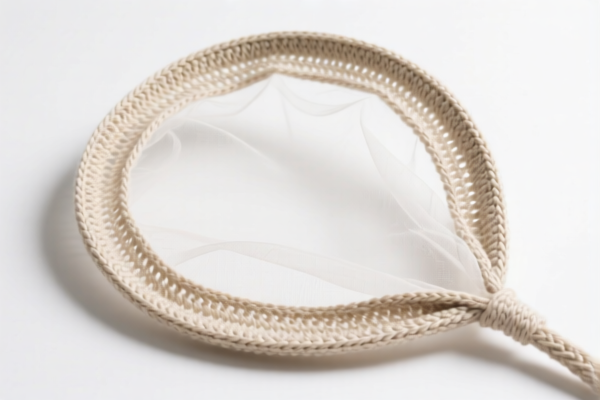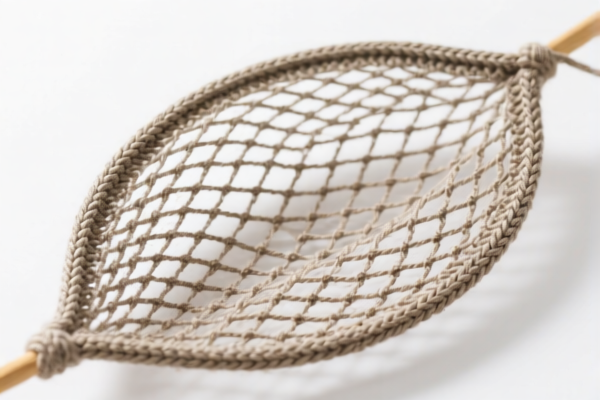| HS Code | Official Doc | Tariff Rate | Origin | Destination | Effective Date |
|---|---|---|---|---|---|
| 3926909989 | Doc | 42.8% | CN | US | 2025-05-12 |
| 6306905000 | Doc | 34.5% | CN | US | 2025-05-12 |
| 9620005000 | Doc | 60.3% | CN | US | 2025-05-12 |




Okay, let's break down the HS codes and tax implications for your declared items, focusing on "INSECT NET". I'll provide a structured analysis to help you understand the classification and potential costs.
Understanding HS Codes: A Quick Primer
HS codes (Harmonized System codes) are internationally standardized codes used to classify traded products. The first 6 digits are generally consistent worldwide, while additional digits can vary by country. Here's how to interpret them:
- Chapter (First 2 digits): Broad category of the product.
- Heading (First 4 digits): More specific classification within the chapter.
- Subheading (First 6 digits): Even more detailed classification.
- Additional Digits: Country-specific for further refinement.
Analysis of Your Declared Items
Here's a breakdown of each HS code you provided, along with potential considerations for "INSECT NET":
1. HS Code: 3926.90.99.89 – Other articles of plastics and articles of other materials of headings 3901 to 3914: Other: Other Other
- Chapter 39: Plastics and articles thereof.
- Heading 3926: Other articles of plastics and articles of other materials. This is a broad category for plastic items not specifically covered elsewhere.
- Subheading 3926.90: Other. This indicates the item doesn't fit into more specific plastic classifications.
-
Additional Digits (99.89): Further specifies the "other" category.
- Applicability to Insect Nets: If your insect nets are primarily made of plastic (e.g., polyethylene, polypropylene), this HS code is a strong possibility. However, the "other" classification is quite broad.
- Tax Rate:
- Basic Duty: 5.3%
- Additional Tariff: 7.5%
- Post April 2, 2025: Additional Tariff increases to 30%
- Total Tax: 42.8%
- Important Note: Because this is a very general classification, customs officials might scrutinize the material composition and intended use.
2. HS Code: 6306.90.50.00 – Tarpaulins, awnings and sunblinds; tents (including temporary canopies and similar articles); sails for boats, sailboards or landcraft; camping goods: Other: Of other textile materials
- Chapter 63: Other made up textile articles; sets of textile articles.
- Heading 6306: Tarpaulins, awnings and sunblinds; tents, etc.
- Subheading 6306.90: Other.
-
Additional Digits (50.00): Specifies "of other textile materials."
- Applicability to Insect Nets: If your insect nets are made of textile materials (e.g., nylon, polyester, cotton), this HS code could be relevant, especially if they are used as camping goods or for similar outdoor applications.
- Tax Rate:
- Basic Duty: 4.5%
- Additional Tariff: 0.0%
- Post April 2, 2025: Additional Tariff increases to 30%
- Total Tax: 34.5%
- Important Note: The description specifically mentions "camping goods." If your nets aren't clearly for camping, this code might not be the best fit.
3. HS Code: 9620.00.50.00 – Monopods, bipods, tripods and similar articles: Other: Of plastics
- Chapter 96: Miscellaneous manufactured articles.
- Heading 9620: Monopods, bipods, tripods, etc.
- Subheading 9620.00: Other.
-
Additional Digits (50.00): Specifies "of plastics."
- Applicability to Insect Nets: This HS code is unlikely to be appropriate for standard insect nets. It's designed for supporting devices, not netting. It would only apply if your nets are integrated into a tripod-like structure.
- Tax Rate:
- Basic Duty: 5.3%
- Additional Tariff: 25.0%
- Post April 2, 2025: Additional Tariff increases to 30%
- Total Tax: 60.3%
Recommendations & Next Steps
- Material Composition is Key: The primary material of your insect nets will determine the most accurate HS code. Provide a detailed material breakdown (e.g., 90% polyethylene, 10% nylon).
- Intended Use: How are the nets being used? (e.g., home window protection, camping, agricultural use).
- Check the April 2, 2025 Tariff Changes: Be aware of the significant tariff increases coming into effect.
- Consider a Binding Ruling: For certainty, you can request a binding ruling from Chinese customs authorities. This is a formal determination of the correct HS code for your specific product.
- Documentation: Have clear documentation of the material composition, manufacturing process, and intended use.
- Invoice Details: Ensure your invoice accurately reflects the material composition and value of the goods.
To help me narrow down the best HS code for your "INSECT NET", please provide the following information:
- What is the primary material of the nets? (e.g., polyethylene, polyester, nylon, cotton)
- What is the intended use of the nets? (e.g., window protection, camping, agricultural use, etc.)
- What is the single piece price of the nets? (This can affect valuation and potential scrutiny.)
Disclaimer: I am an AI assistant and cannot provide definitive customs advice. This information is for general guidance only. You should consult with a qualified customs broker or consultant for specific advice tailored to your situation.
Customer Reviews
No reviews yet.